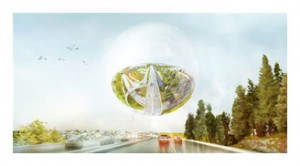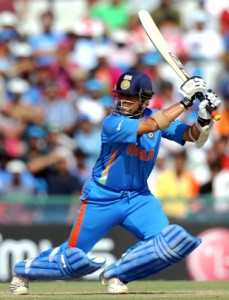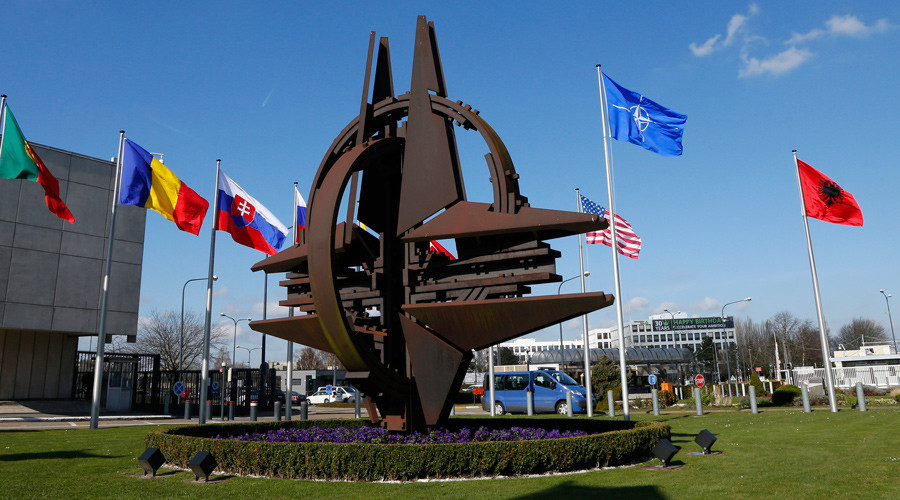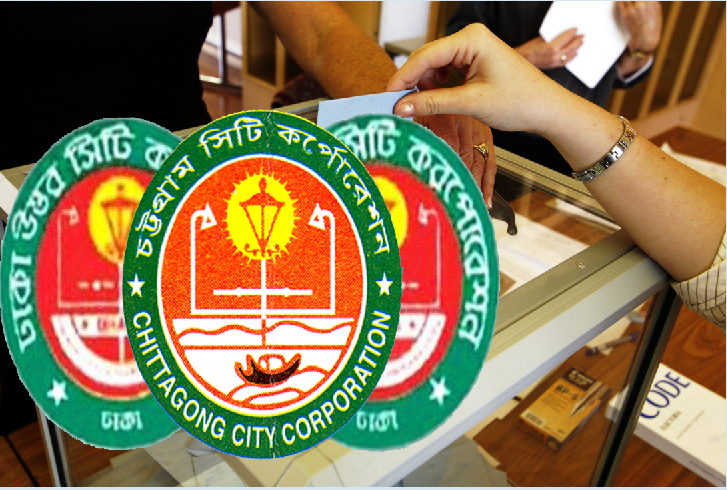Danish architects win competition to design major Stockholm traffic intersection featuring giant floating sphere
 Danish architectural practice BIG (Bjarke Ingels Group) – together with Dutch design and engineering consultancy, Grontmij, and Swedish design analysis company, Spacescape – have won the Stockholmsporten master plan competition to design an inviting new entrance portal into Stockholm at the intersection of a newly planned superjunction. The planned Hjulsta Intersection is 15km (9.3 mile) north of Stockholm, where two European highways, the E18 and E4 Bypasses, converge into a three-level intersection. The scheme – which will be the largest infrastructure project in Sweden – is required due to the growth and development of the capital.
Danish architectural practice BIG (Bjarke Ingels Group) – together with Dutch design and engineering consultancy, Grontmij, and Swedish design analysis company, Spacescape – have won the Stockholmsporten master plan competition to design an inviting new entrance portal into Stockholm at the intersection of a newly planned superjunction. The planned Hjulsta Intersection is 15km (9.3 mile) north of Stockholm, where two European highways, the E18 and E4 Bypasses, converge into a three-level intersection. The scheme – which will be the largest infrastructure project in Sweden – is required due to the growth and development of the capital.
The aim of the Stockholmsporten competition was to find a design that would define the Hjulsta intersection through sculpting the surrounding landscape and framing the automotive scale of the intersection. Prior to the competition, it was felt that the intersecting roads would create physical and visual barriers between the surrounding neighborhoods and divide them into four areas. BIG’s proposal, the ‘Energy Valley’, reconnects them through a continuous circular bike and pedestrian loop, which joins public buildings and a shopping and sports center, set in a pie-shaped park.
The site has great potential in serving as a new entryway into Stockholm. The focal point of the project is a huge, reflective, self-sustaining hovering sphere, which mirrors Stockholm and creates a 180° view of the area for the drivers on their way in or out of the city. The Stockholm Sphere will have 30% of its surface covered with Photovoltaic film that faces the sun and will produce enough energy to keep it floating, while also supply 235 houses in the neighborhood with electricity. “Harnessing the momentum of the massive investment in tunnels and highways and putting the excess excavation to use as a man-made valley, we create an interdisciplinary hybrid of logistic, economic, environmental and social infrastructure,” Bjarke Ingels, founder of BIG, said of the design.
Source : Traffic Technology International




































